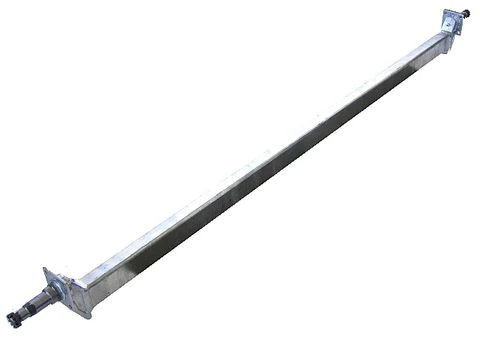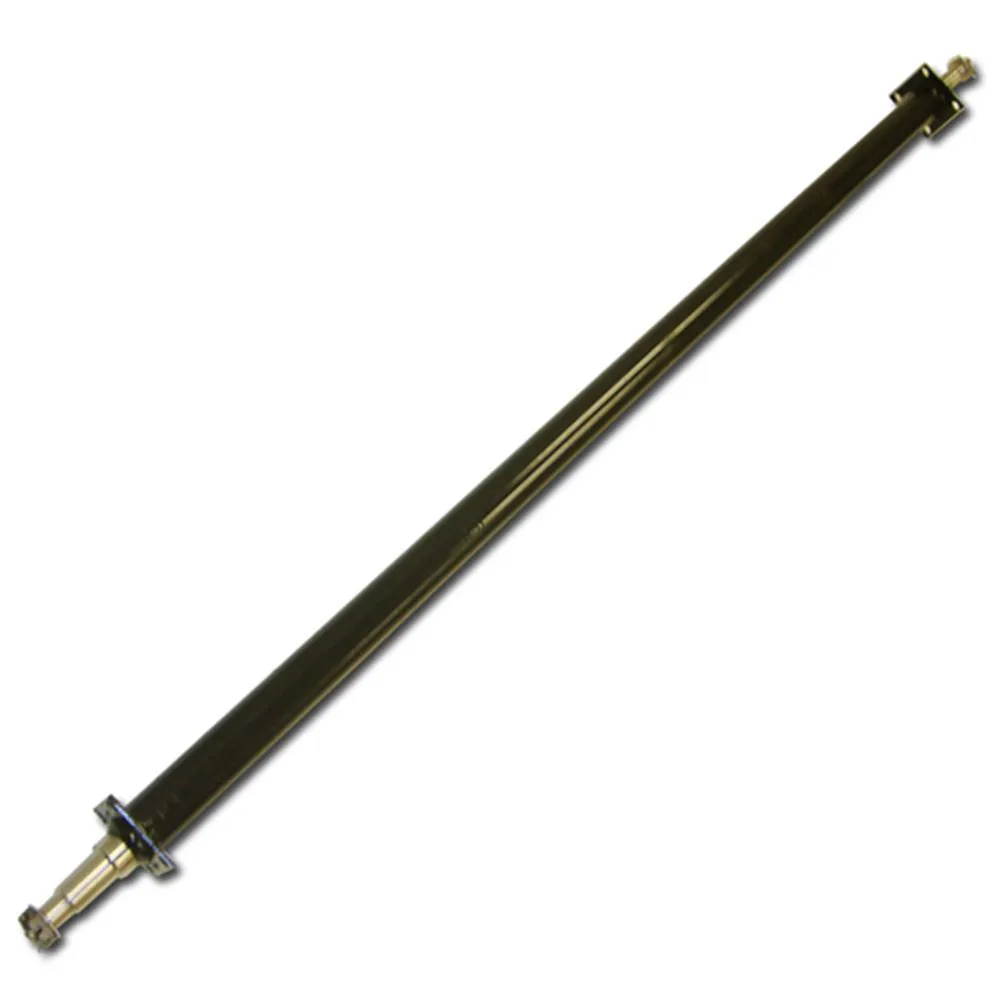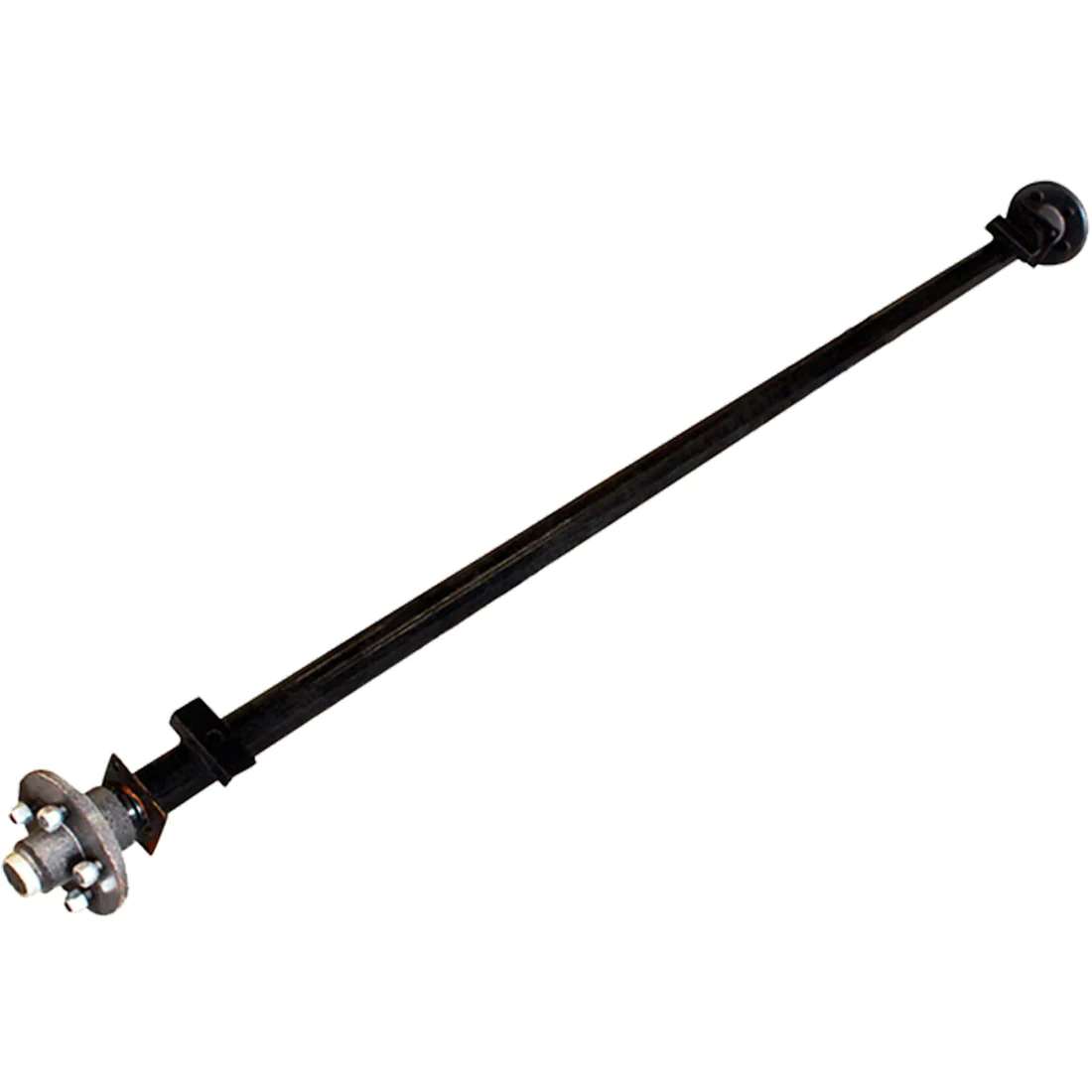Product Description
PRODUCT DETAILS
High Quality Dump Semi Truck Trailer With Suspension
|
Dimension(Optional) |
Axle No. |
Rated Load (kg) |
Tire No. |
Tire Size |
|
By Customer Needs
|
2 |
25000 |
8 |
825R20 1000R20 1100R20 1200R20 12R22.5 |
|
3 |
35000 |
12 |
|
|
|
4 |
50000 |
16 |
|
|
|
Manufacture |
HangZhou Eleph Industry & Trade Co., Ltd |
|||
|
Wheel Base (mm) |
1310 |
|||
|
leaf-spring Pcs |
10 |
|||
|
Axle |
13/16/18 T |
|||
|
Suspension |
Heavy Duty Mechanic Suspension with Leaf Springs |
|||
|
Main Beam Material |
Q345B manganese plates, automatic submerged arc welded |
|||
|
Brake System |
Dual line braking system with automatic braking system/chambers |
|||
|
Brake Air Chamber |
Double Model |
|||
|
Kingpin |
2′ or 3.5′ Interchangeable |
|||
|
Landing gear |
28T loading capacity with 80T static lifting capacity. |
|||
|
Floor Thickness |
6mm |
|||
|
Body Thickness |
5mm |
|||
|
Brake System |
Dual Lines Braking System With Automatic Air Chambers |
|||
|
Brake Air Chamber |
Four double and 2 single chamber |
|||
|
Electrical System |
24V, 7core socket, lights according to European standards. |
|||
|
Mainbeam Size
|
Upper plate |
14mm |
||
|
Lower plate |
16mm |
|||
|
Mid Web |
8 mm |
|||
|
Height |
500-520mm |
|||
PACKING& SHIPPING
COMPANY INFO
EXPORTING CASES
RELATED DESIGN
FAQ
1. How To Buy From Us ? How to Pay?
– quotation-offer-contract-1st payment-production-final payment-shipment-documentation;
TT/LC/Western Union/Credit Card
2. If Our Vehicle/Trailer Can Couple With Your Tractor Head ?
– 90% Of The Truck In The Market Can Coupling With Our Vehicle, As Howo, Shacman, Beiben, Volve…
– If Other Brand Truck Head, Please Inform Our Sales Manager Before Order Placing
3. Whats The Time For Delivery & Arrival ?
– If Standard Model We Have In Stock Can Ship It Out Within 10 Days After Payment.
– If It Belongs To Customize Series, Ordinary Cases In 15 Days Can Be Finished For Shipment.
– For Asian Countries, Ship Can Be Reached In 1-2 Weeks, If For African & Mid East & European Countries,
25 Workdays Will Be Achieved.
4. If We Can Provide Terms For Reducing Your Import Duties ?
– Yes, Please Contact With Us, We Are Nationalized Manufacture With Tax Reduction
| After-sales Service: | Provided |
|---|---|
| Warranty: | 12months |
| Type: | Semi-Trailer |
| Load Capacity: | 50T |
| Certification: | ISO9001, CCC, ISO/TS16949 |
| Wheel Base: | by The Customer Needs |
| Customization: |
Available
| Customized Request |
|---|

Are there specific challenges or maintenance practices for boat trailer axles?
Boat trailer axles come with unique challenges and maintenance requirements due to their exposure to marine environments. Here are some specific considerations:
- Corrosion: Exposure to saltwater can lead to accelerated corrosion. Regularly rinsing the axles, especially after launching, helps mitigate this issue. Additionally, choosing galvanized or aluminum axles provides better resistance to corrosion.
- Bearing Maintenance: Boat trailer axles often require more frequent bearing inspections and maintenance due to water exposure. Greasing the bearings before and after each trip is essential to prevent water intrusion and prolong bearing life.
- Seals and Gaskets: Ensure that seals and gaskets are in good condition to prevent water from entering the hubs. Replace them if they show signs of wear or damage.
- Proper Storage: Storing the boat trailer properly, preferably in a dry, covered area, can significantly extend the life of the axles and other components.
- Regular Inspections: Periodic inspections of the entire axle assembly, including brakes, hubs, and wiring, are crucial for early detection of issues that could lead to axle failure.
- Tire Maintenance: Proper tire care is essential. Check tire pressure, tread wear, and sidewall damage regularly, as underwater loading can stress trailer tires.
- Brake System Checks: Ensure that the brake system is functioning correctly, especially if the trailer has brakes. Saltwater exposure can affect brake components.
- Electrical System: Check and protect the electrical components to prevent corrosion and ensure that trailer lights and brakes work reliably.
- Spare Parts: Carrying spare parts such as bearings, seals, and a spare tire is a good practice, especially for longer trips where servicing might not be readily available.
Boat trailer axles demand diligence in maintenance to extend their lifespan and ensure safe and trouble-free trips. Prevention and early intervention are key to addressing the challenges posed by the marine environment.

How does a tandem or multi-axle setup compare to a single trailer axle?
A tandem or multi-axle setup on a trailer offers several advantages and differences when compared to a single trailer axle:
1. Weight Distribution:
– Tandem or multi-axle setups distribute the trailer’s weight more evenly across multiple axles. This results in better weight distribution and reduced strain on individual axles and tires, minimizing the risk of overloading.
2. Improved Load Capacity:
– Tandem and multi-axle configurations can typically carry heavier loads than single axles. This is especially important for heavy or oversized cargo.
3. Enhanced Stability:
– Additional axles provide greater stability and control. They help reduce swaying, improve tracking, and enhance the trailer’s overall stability, especially at high speeds or when navigating curves.
4. Reduced Tire Wear:
– Tandem axles distribute the weight more evenly, reducing tire wear compared to a single axle. This results in longer tire life and cost savings.
5. Better Traction:
– Multi-axle setups provide improved traction, which is beneficial for off-road or adverse weather conditions, such as snow, mud, or ice.
6. Braking Efficiency:
– Tandem axles can improve braking efficiency due to increased brake pad contact with the road surface. This enhances safety by reducing stopping distances.
7. Handling and Maneuverability:
– While multi-axle setups offer stability, they can be less maneuverable than single axles, particularly in tight spaces. Drivers may need more room to make turns or park.
8. Maintenance:
– Tandem and multi-axle configurations require more maintenance and attention to ensure all axles are properly aligned, balanced, and maintained. This can increase operating costs.
9. Cost:
– Multi-axle trailers are typically more expensive to purchase and maintain than single-axle trailers. However, the increased load capacity and stability can outweigh the initial cost difference for specific applications.
10. Legal Considerations:
– Regulations regarding axle configurations, weight limits, and axle spacing can vary by region. It’s important to comply with local laws when using tandem or multi-axle setups.
In summary, tandem or multi-axle setups are advantageous for heavy or large loads, providing better weight distribution, stability, and load capacity. However, they require increased maintenance and may be less maneuverable in some situations. The choice between single and multi-axle trailers depends on the specific hauling needs, legal requirements, and budget considerations.

What is a trailer axle, and how does it differ from vehicle axles?
A trailer axle is a fundamental component of a trailer’s suspension and load-bearing system. It differs from vehicle axles in several ways:
1. Load-Bearing Purpose:
– Trailer axles are designed primarily for load-bearing, meaning they support the weight of the trailer and its cargo. Vehicle axles, on the other hand, bear the weight of the vehicle itself and its occupants.
2. Articulation:
– Vehicle axles are usually fixed in place and do not articulate independently. Trailer axles, especially in multi-axle configurations, often feature independent articulation to improve stability and weight distribution. This allows each wheel to move independently over uneven terrain.
3. Braking Systems:
– Vehicle axles are directly connected to the vehicle’s braking system. In contrast, trailer axles can have their own braking systems, such as electric or hydraulic brakes, which are controlled separately from the towing vehicle. This setup improves braking control and safety.
4. Suspension Type:
– Trailer axles often use leaf spring or torsion suspension systems, which are optimized for load-bearing and cargo stability. Vehicle axles utilize various suspension types, including independent suspension, to prioritize ride comfort and handling.
5. Steering:
– Vehicle axles are integral to steering, allowing the vehicle to change direction. Trailer axles do not contribute to steering; instead, the towing vehicle controls the trailer’s direction through the hitch or coupler.
6. Wheel Attachment:
– Vehicle axles are typically fixed to the vehicle chassis, while trailer axles may use a variety of attachment methods, including leaf spring mounts or torsion arm attachments, to accommodate articulation and weight distribution.
7. Load Distribution:
– Trailer axles are designed to distribute the trailer’s weight evenly across the wheels to prevent overloading any single point. Vehicle axles do not have this load distribution requirement, as the vehicle’s weight is more evenly distributed.
– In summary, trailer axles serve a specific purpose in supporting and stabilizing trailers, while vehicle axles are tailored for the vehicle’s propulsion, steering, and suspension needs. Understanding these differences is crucial for safe and effective towing.


editor by CX 2023-11-30